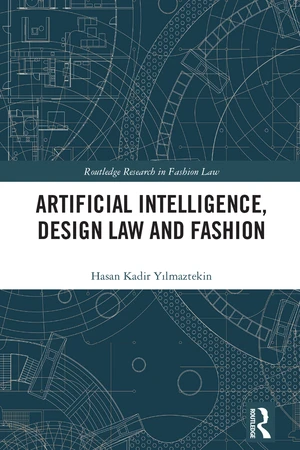Artificial intelligence (AI) now infiltrates our culture. After a couple of difficult winters, AI today is a word on everybodyâs lips, and it attracts everyoneâs attention regardless of whether they are experts or not. From Appleâs Siri to Amazonâs Alexa, Teslaâs auto-driving cars to facial recognition systems in CCTV cameras, Netflixâs film offering services to Googleâs search engine, we live in a world of AI goods. The advent of AI-powered technologies increasingly affects peopleâs lives across the globe. As a tool for productivity and cost-efficiency, AI also shapes our economy and welfare. AI-generated designs and works are becoming more popular. Today, AI technologies can generate several intellectual creations. Fashion is one of the industries that AI can profoundly impact. AI tools and devices are currently being used in the fashion industry to create fashion models, fabric and jewellery designs, and clothing. When we talk about AI-generated designs, we instead focus on the fruits of innovation â more best-selling apparels, more fashionable designs and more fulfilment of customer expectations â without paying heed to who the designer is. Designers invest a lot of talent, time and finances into designing and creating each article of clothing and accessory before they release their work to the public. Pattern drafting is the first and most important step in dressmaking. Designers typically start with a general sketch on paper; add styles, elements and colours; revise and refine everything; and finally deliver their design to dressmakers. AI accelerates this time-consuming and labour-intensive process. Yet the full legal consequences of AI in fashion industry are often forgotten. An AI deviceâs ability to generate fashion designs raises the question of who will own intellectual property rights over the fashion designs. Will it be the fashion designer who hires or contracts with the AI programmer? Will it be the programmer? Will it be the AI itself? Or will it be a joint work of humans and computers? And who will be liable for infringement deriving from use of third-party material in AI-generated fashion designs? This book explores answers to these questions within the framework of EU design and copyright laws. It also crafts a solution proposal based on a three-step test and model norms, which could be used to unleash the authors, rights holders and infringers around AI-generated fashion designs.
Price history
Dec 31, 2022
€47.05

